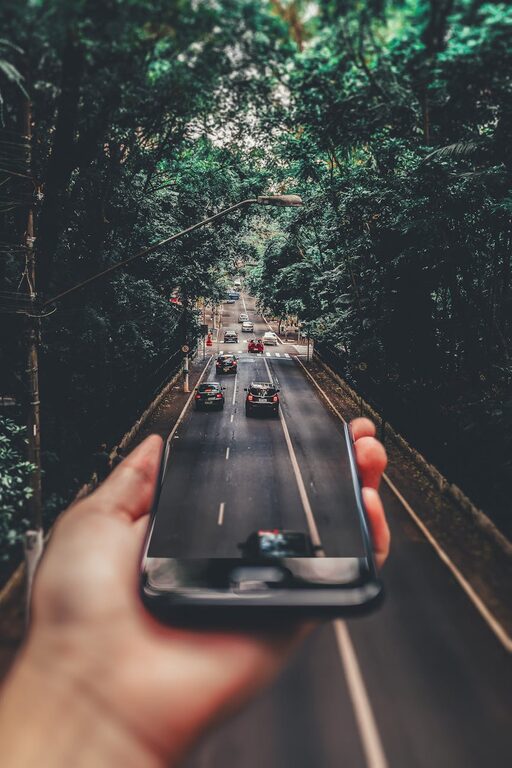Taking great photos with your phone doesn’t have to be complicated. Modern smartphones come equipped with powerful cameras, but to truly make the most of them, a few simple techniques can go a long way. Whether you’re capturing family moments, landscapes, or everyday scenes, these beginner tips will help you take better photos and get more creative with your mobile photography. Let’s dive in!
Understand Your Phone Camera
Explore Camera Features
Before you start snapping away, spend some time exploring your phone’s camera app. Many phones offer different modes like portrait, panorama, night mode, and more. Experiment with these to see what they do and when to use them. Knowing your camera’s capabilities allows you to take full advantage of its features.
Clean Your Lens
It might seem obvious, but a clean lens makes a big difference. Phones are often kept in pockets or bags where dust and fingerprints can build up. Use a soft microfiber cloth to gently clean the lens before taking photos to ensure your images are sharp and clear.
Focus and Exposure
Tap to Focus
When you’re ready to take a photo, tap the screen where you want the camera to focus. This will help your phone adjust the sharpness and exposure for that specific area, making your subject stand out.
Adjust Exposure Manually
Most phone cameras allow you to adjust the brightness by sliding your finger up or down after tapping to focus. This helps when the lighting isn’t perfect, for example, when your subject is backlit or in shadows. Play with exposure until your photo looks balanced.
Composition Basics
Use the Rule of Thirds
Turning on grid lines in your camera settings can help you compose shots using the “rule of thirds.” Imagine your frame divided into nine equal parts by two vertical and two horizontal lines. Position important elements along these lines or their intersections to create balanced and interesting images.
Pay Attention to Backgrounds
Before taking the shot, check what’s behind your subject. A cluttered or distracting background can take attention away from your main focus. Look for simple, clean backgrounds or reposition yourself to improve the scene.
Fill the Frame
Get closer to your subject or use zoom sparingly to fill the frame with what you want to highlight. This reduces empty space and makes your photo more impactful.
Lighting Tips
Take Advantage of Natural Light
Natural light is your best friend for phone photography. Shoot during the “golden hours” — early morning or late afternoon — when sunlight is soft and warm. Avoid harsh midday sun that causes strong shadows and highlights.
Use Shade to Your Advantage
If the light is too strong, find shade for softer, more even lighting. Shooting under a tree or next to a building can help reduce glare and avoid squinting subjects.
Avoid Using Flash
Phone flash tends to create harsh, unflattering light. Instead, try to adjust your shooting angle or location to use available light better. If you must use flash, consider external light sources or apps that can soften its effect.
Steady Your Shot
Hold Your Phone Steady
Keep your phone steady to avoid blurry pictures. Hold it with both hands and keep your elbows close to your body for stability. You can also lean against a solid surface for extra support.
Use a Timer or Burst Mode
Using the timer feature lets you avoid camera shake caused by pressing the shutter button. Burst mode is great for capturing fast action, allowing you to pick the best shot from a rapid series of photos.
Experiment and Edit
Try Different Angles and Perspectives
Don’t just shoot from eye level. Get low, shoot from above, or try unique angles to add interest to your photos. Changing perspective can completely transform an ordinary scene.
Use Editing Apps
After capturing your images, photo editing apps can help improve colors, contrast, cropping, and more. Popular apps like Snapseed, Lightroom Mobile, or VSCO offer user-friendly tools to enhance your photos without overwhelming complexity.
Edit with Moderation
A light touch is key—avoid over-editing, which can make photos look unnatural. Focus on small adjustments like brightness, saturation, or sharpening to enhance your images subtly.
Practice Consistently
Shoot Often
The best way to improve your phone photography skills is to keep practicing. Challenge yourself to take pictures every day or set mini-projects like shooting a color, texture, or theme. Over time, you’ll build confidence and creativity.
Analyze Your Photos
Review your photos regularly and think about what works and what can be improved. Learning from your shots will help you avoid repeating mistakes and identify your unique style.
Conclusion
Taking better photos with your phone is simple when you understand your device and apply a few foundational tips. Remember to experiment, practice regularly, and enjoy the creative process. Your phone is a powerful tool for capturing memories and telling stories — so start snapping, and watch your photography skills grow!

